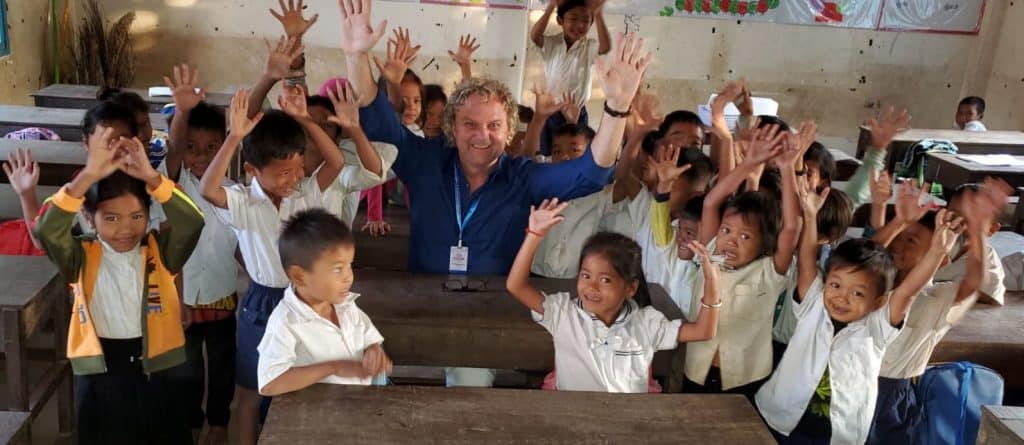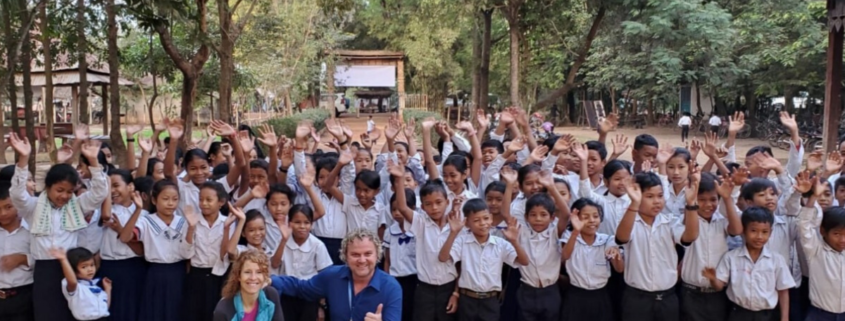The Global Child Nutrition Forum

Judith Barry, Daniel Germain and Arlene Mitchell
Every year, leaders from around the world gather together to discuss the advances and challenges in child nutrition in their respective communities. For many years now, members of the Club’s team have been among the guests, thanks to the generosity of the Air Canada Foundation. We are always inspired by the diverse expertise we are exposed to and appreciate the opportunity to share our own experience with other organizations.
In December 2019, Daniel and Judith travelled to Cambodia to attend the 21st annual Global Child Nutrition Forum. They learned a great deal during their trip, which they were happy to relate to us when they got back – and we in turn are happy to share their insights with you to inspire you to do even more for the next generation.
The issue
Worldwide, there are 73 million elementary school–aged children who do not have access to a school nutrition program.
The challenges
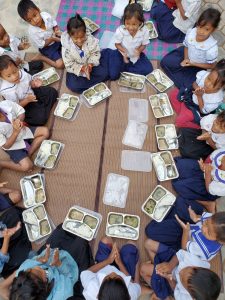 One of the obstacles faced by many charities is the false perception of having to compete with other organizations, rather than work together. At the Club, we revel in the opportunity to pool our resources and speak in a unified voice. As such, we are stepping up our efforts to further build our network – which will ultimately translate to even more services for children.
One of the obstacles faced by many charities is the false perception of having to compete with other organizations, rather than work together. At the Club, we revel in the opportunity to pool our resources and speak in a unified voice. As such, we are stepping up our efforts to further build our network – which will ultimately translate to even more services for children.
Another challenge currently facing our peers around the world is how to properly assess and leverage the benefits of school food programs. We all know that children cannot achieve their full potential on an empty stomach. Although there are many studies and concrete data to back this up, we need to be even more thorough in our documentation and to shine the spotlight on the positive outcomes of our programs so we can persuade stakeholders across the social, political and business spectrum to join us in our efforts. We feel this is a particularly pressing need. We are therefore working with a social impact agency, which is currently conducting an evaluation of the Club’s efforts and approaches nation-wide. Our ultimate goal is to make sure every one of our actions leads to results.
School meal programs in Cambodia
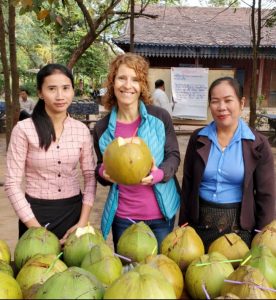 Given that the 21st annual GCNF was hosted by Cambodia, it was an ideal opportunity for us to learn more about how they tackle the issue of making sure children have the energy to learn, every day.
Given that the 21st annual GCNF was hosted by Cambodia, it was an ideal opportunity for us to learn more about how they tackle the issue of making sure children have the energy to learn, every day.
- Every year, Cambodia celebrates National Nutrition Day, during which parents, school administrators and members of the community come together to prepare and serve a meal for schoolchildren and then sit down to enjoy it with them.
- Although it represents only a small percentage of the food consumed, every school in Cambodia has a garden, which they use to teach the value of healthy eating.
- All parents and children are invited to share feedback about their nutrition program.
- Menus vary seasonally. Schools plan about six alternating daily menus, which are changed monthly to incorporate a variety of fresh seasonal food.
- Schools also receive assistance from an NGO, which helps them manage their nutrition program and improve the quality of what they grow in their garden.
Inspiration from around the world
Other organizations and countries also shared their experiences at GCNF. Here are a few we found particularly interesting.
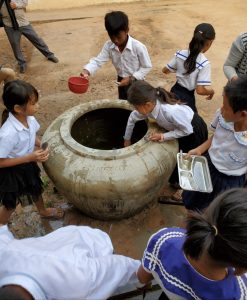
- A study conducted by the United Nations World Food Programme in conjunction with Harvard University found that every $1 invested in a school meal program generated $3 to $10 in societal benefits.
- In Bangladesh, one aspect of a child nutrition program involves educating parents about the importance of good eating habits and their impact on a child’s development.
- Japanese schools have nutrition teachers on staff to lead school meal programs.
- The school nutrition program in Palau is partially funded by taxes levied on junk food and tobacco products.
- In Brazil, 30% of the food served in school programs is sourced from local farmers.
We hope that this quick look at some of the ideas that have been developed around the world will give you some “food for thought” as we continue to develop our own solutions to improve child nutrition right here in Canada.
